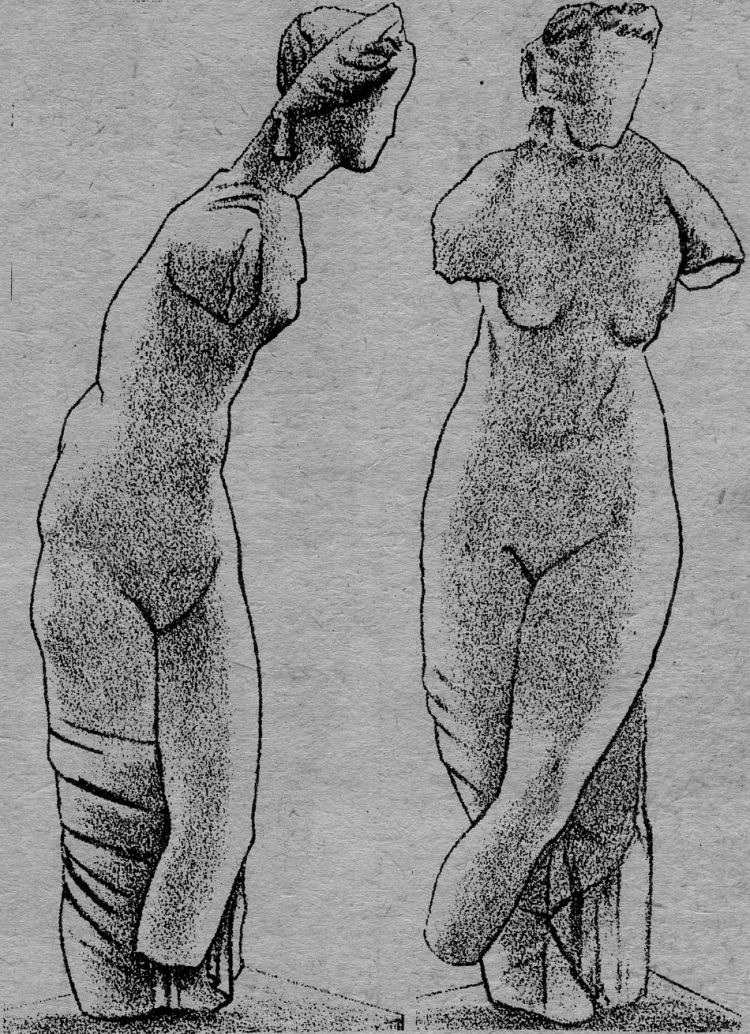Page Updated:- Sunday, 07 March, 2021. |
|||||
 Published in the South Kent Gazette, 30 May 1979. A PERAMBULATION OF THE TOWN, PORT AND FORTRESS.

This view of the old Guildhall, with its rather odd perspective as in the 1788 print, has a number of interesting features. On the right are several lofty remnants of St. Martin-Ie-Grand together with the upholder’s shop of Val Fuller with a sign depicting a ship on a rough sea. Near the pawnbrokers are the stocks and a striped barber’s pole. It was at this point that properties on this side of the square were separated by a narrow lane leading into St. Martin’s churchyard. The Guildhall itself sports new wooden pillars and windows which were added in 1759. To the left of the Guildhall is the old "Fountain Inn" with a riders’ mounting stool outside. Next door is a building which was later demolished to widen King Street, once a very narrow lane.
PART 9. An earlier deed long in the possession of Dover Corporation provided for a certain tax to be paid by the Ferschip or company controlling the cross-Channel passenger boats, “and that the money arising from those contributions shall be deposited in a certain common chest in the church of St. Martin of Dover.“ This box was placed in the church in 1344. The Corporation having had the use of the church from a very early period, seemed to have assumed that when it was no longer used for sacred purposes they might take it wholly into their possession, but although they, in the reign of Elizabeth, had possession and held on during the whole of that reign, it slipped from their grasp in the Stuart period, and became private property. St. Martin’s Church was known as the sanctuary Church of Dover in a document of 1535. When criminals claimed sanctuary at the altar the Mayor had to visit them and tell them of their rights. If they left town by the King's highway they were safe from arrest but if they showed their faces in the town again they were executed by being thrown over the cliff at the Western Heights known as “Devil’s Drop.“
MARKET PLACE SCENES. When the Ecclesiastical Commissioners vacated the western side of the Market Square, they left it in the possession of the civil power. The Corporation had previously placed under the eastern walls of the choir of St. Martin their instruments of punishment and correction, the cage, stocks, pillory, and whipping post. The existence and use of these instruments of torture is incidentally mentioned several times in the Dover records. Take one instance:—In the reign of Queen Mary, a.d. 1588, a widow, named Agnes Jaoman, “Whoe was accused and thereof justely approved that she one Symone and Judg day (St. Simon and St. Jude’s Day), at night, being Fryday, did rost a legge of motton for her geysts to be eaten, and the same soe taken, for the which offence it was condicended, concluded and agreed by the Maier and Jurats that the said Agnes shall durying time of the Markett sett in the open Markett place in the stocks with the sayd sholder of motton afore her one the spitt, and afterwards to be comytted to prisone, ther to remain until the ordenory taicke further order therein.“

Two views of a relic of the bath-loving Romans, a 4ft. high truncated statue of a nymph which was found while excavating the ruins of a Roman building found below the old Carlton Club.
|
|||||
|
If anyone should have any a better picture than any on this page, or think I should add one they have, please email me at the following address:-
|
|||||
| LAST PAGE |
|
MENU PAGE |
|
NEXT PAGE | |